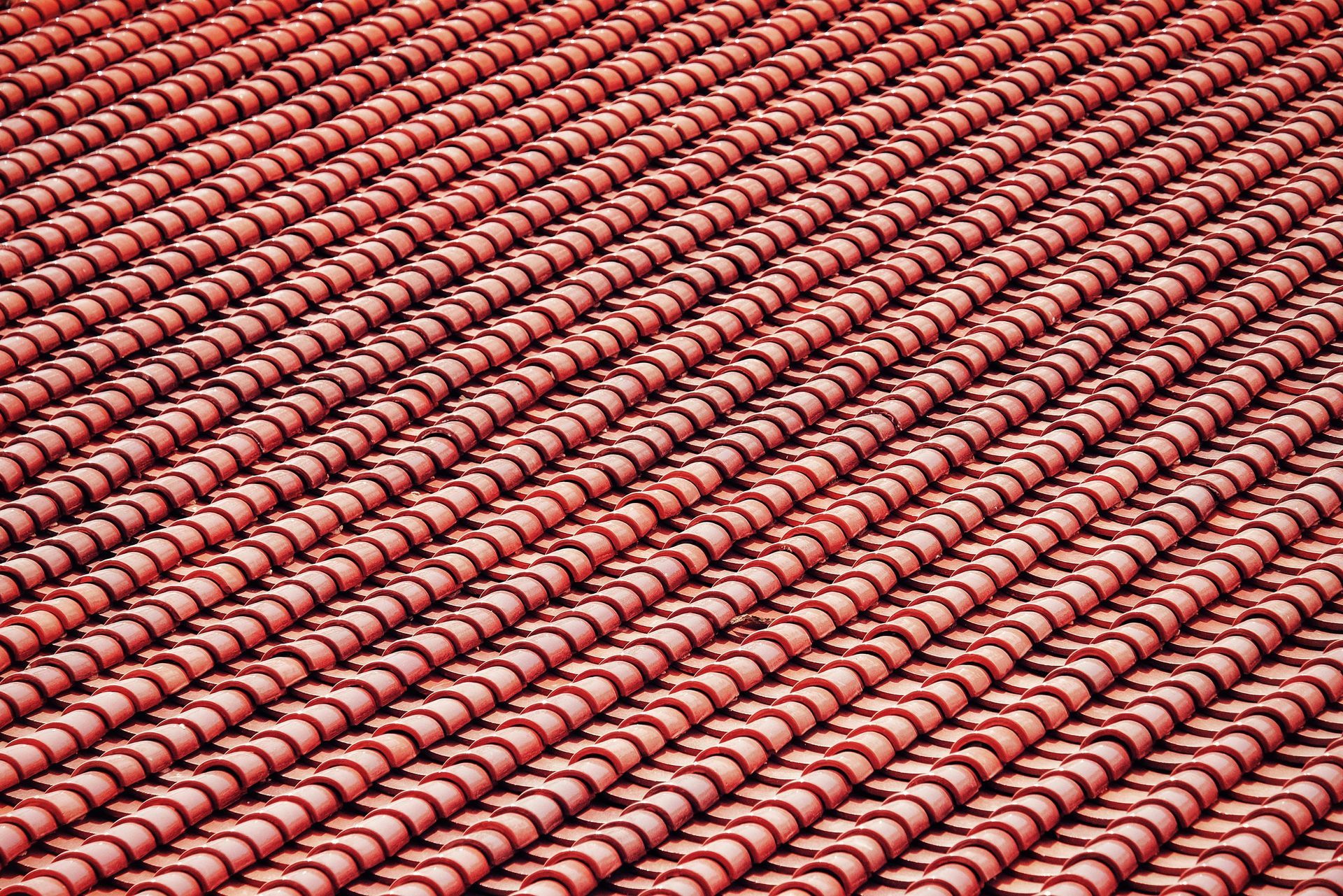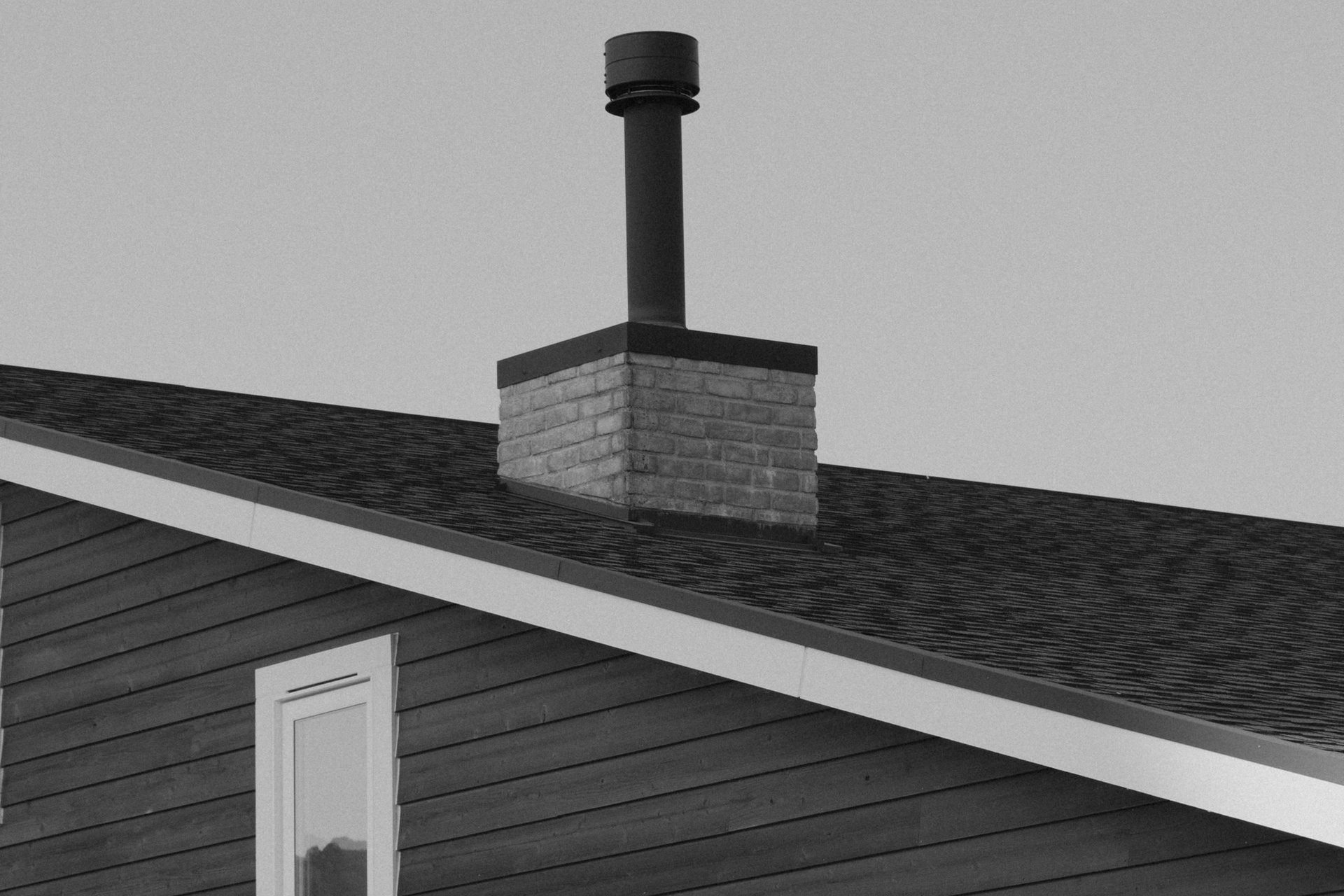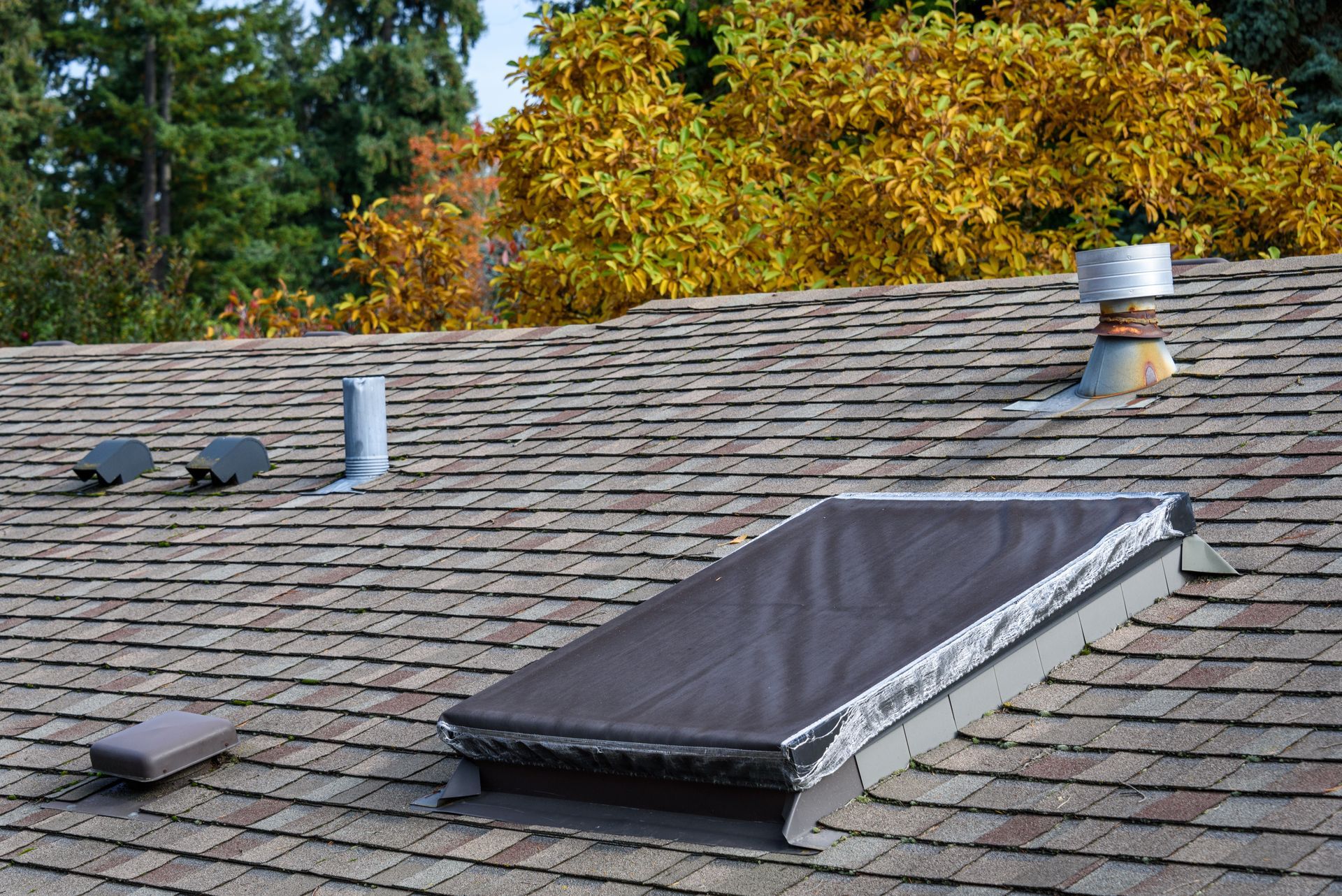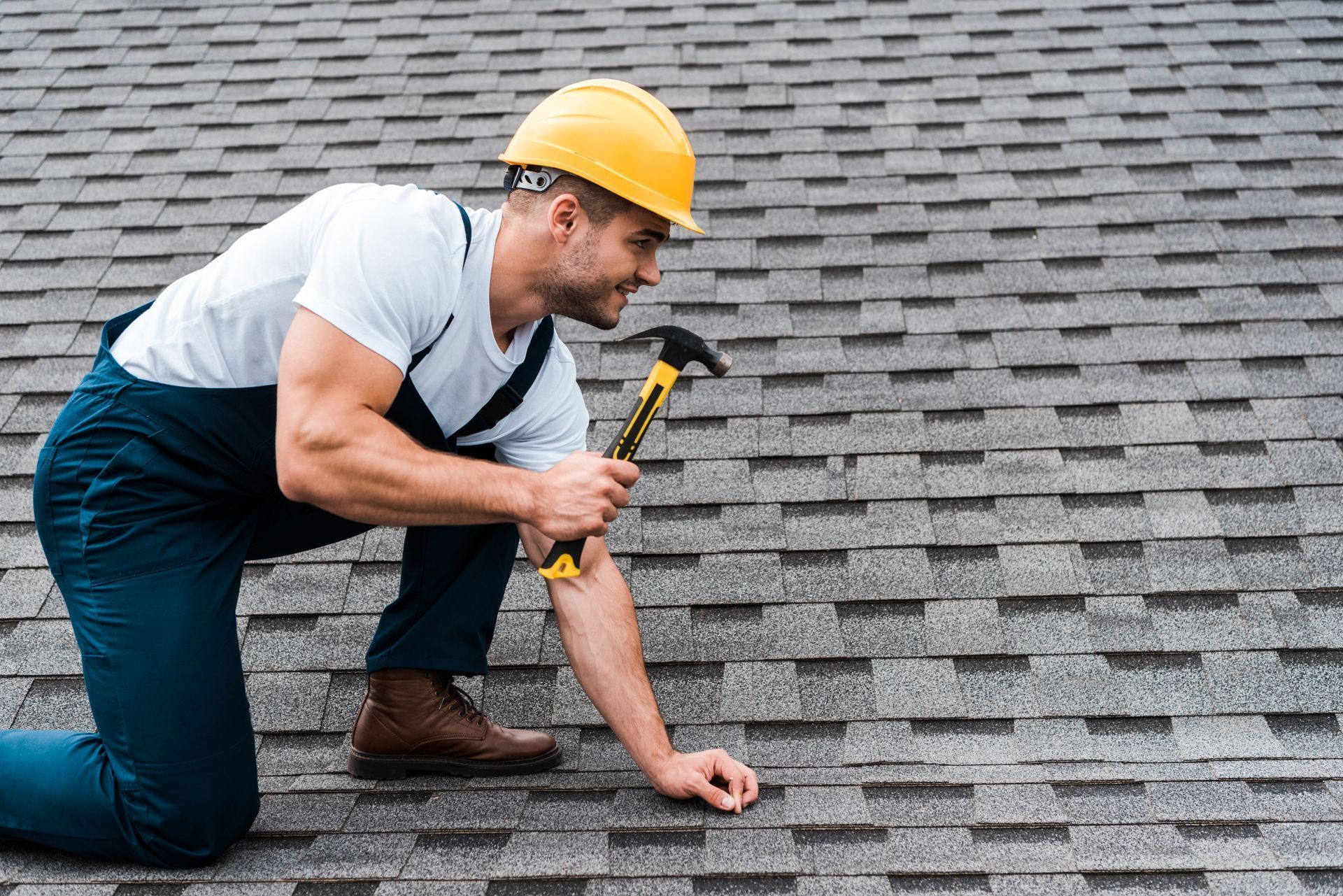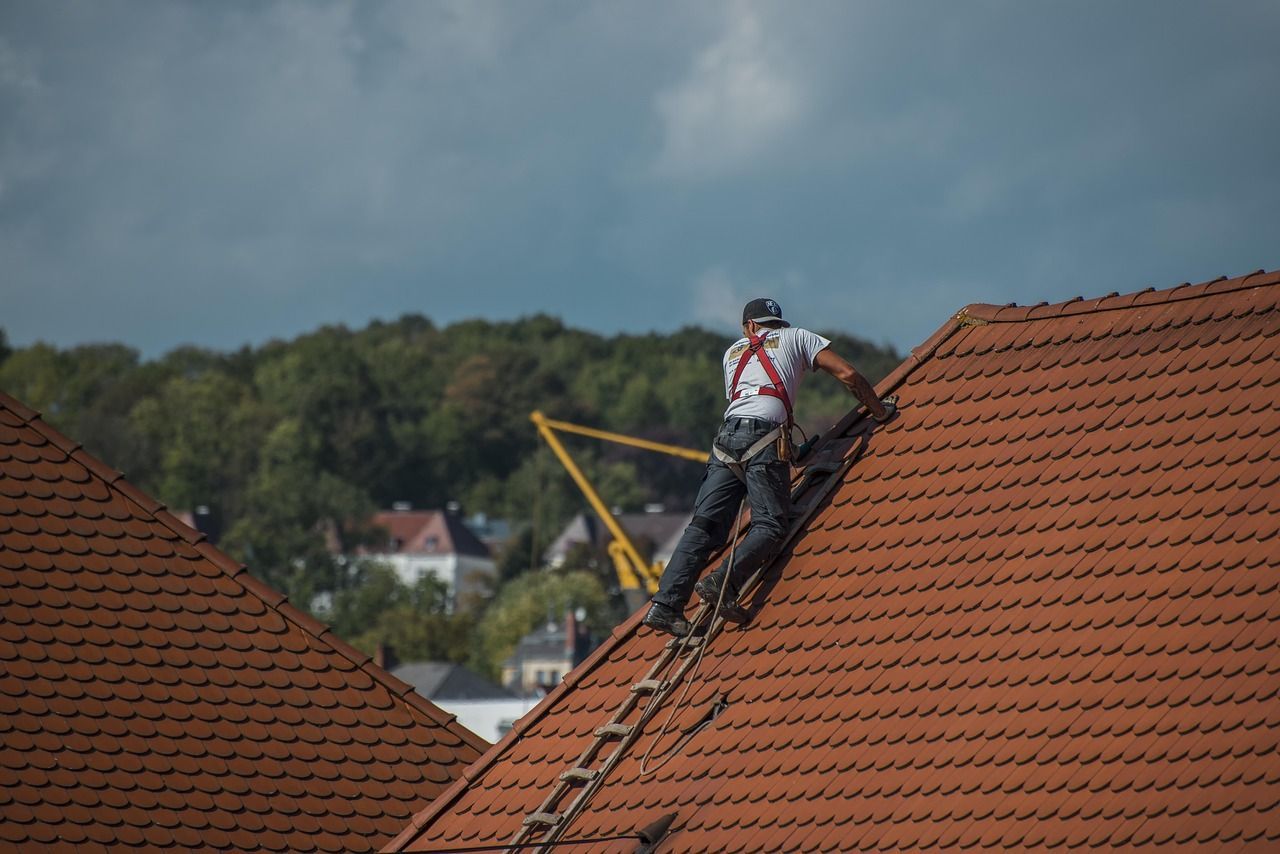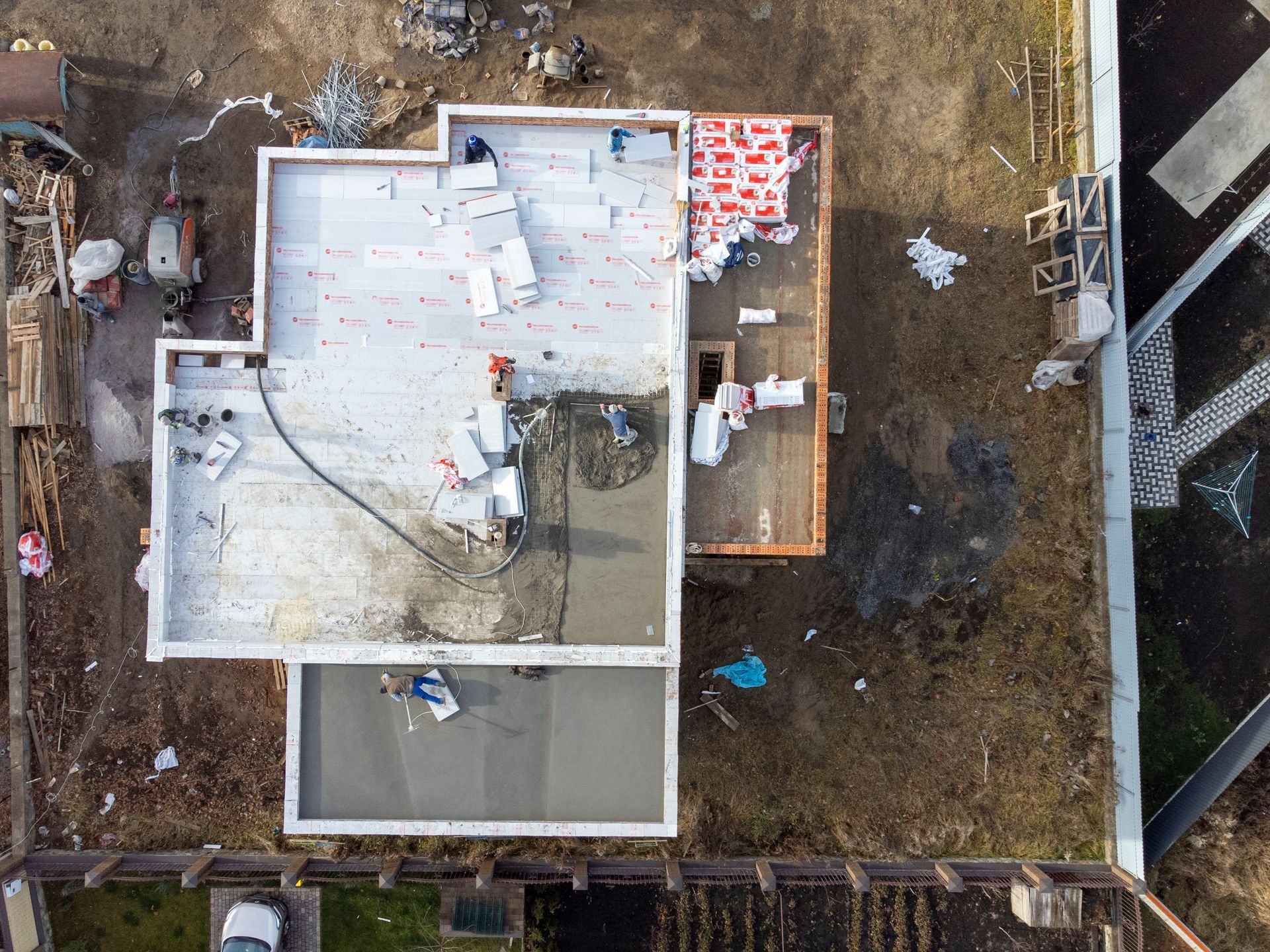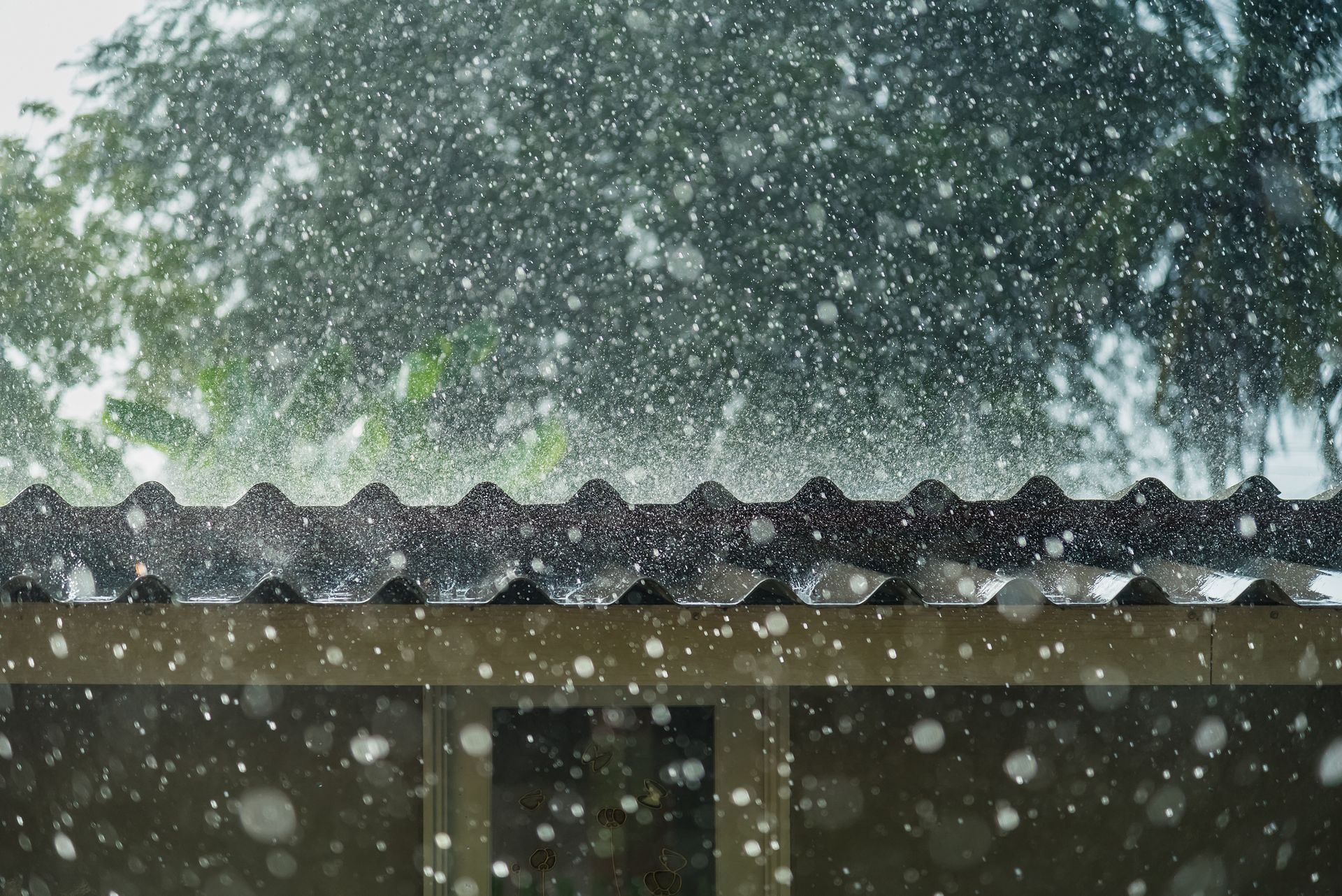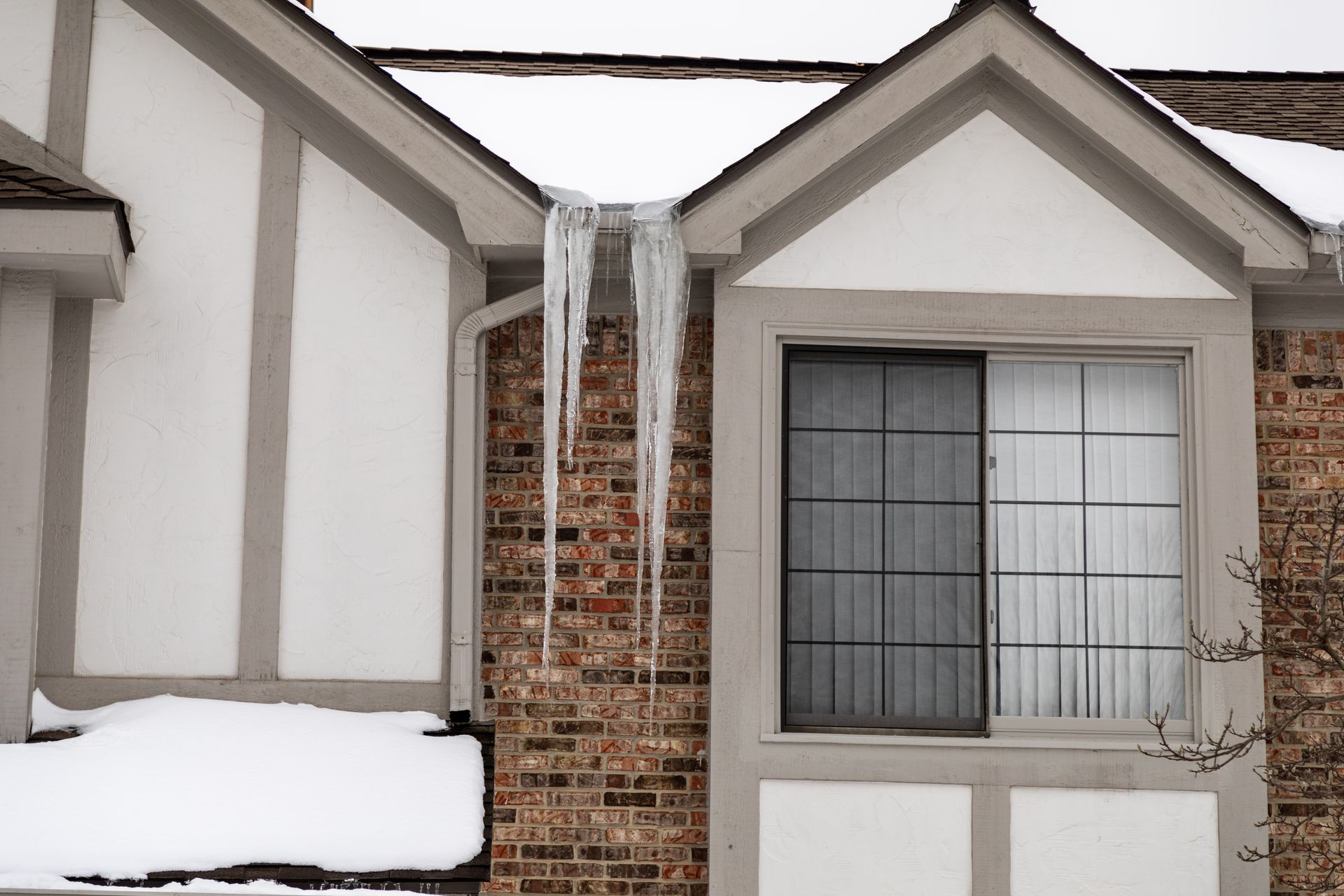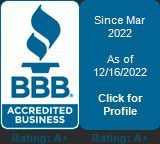Flat Roofing Repairs vs. Commercial Roofing Repairs: What’s the Real Difference?
City skyline
Flat vs. Commercial Roofing Repairs: Clearing Up the Confusion
If you’ve ever looked up at a roof and wondered, “Is this flat or commercial… or both?” — you’re not alone. The terms get tossed around like shingles in a windstorm, but they’re not interchangeable.
Here’s the truth: all flat roofs aren’t commercial, and not all commercial roofs are flat. The two types of roofing repairs overlap in some areas, but each has its own challenges, materials, and repair strategies. Understanding the difference could save you time, money, and a whole lot of water damage.
Flat roofing repairs are typically associated with homes, smaller businesses, or additions that use low-slope or flat roof designs. Commercial roofing repairs, on the other hand, are usually done on larger-scale buildings like warehouses, offices, and retail spaces — and they often come with extra layers of complexity, quite literally.
Let’s dive into the details, figure out which kind of roof you’re working with, and help you make the right call when something starts leaking, sagging, or just doesn’t look right.
Flat Roofing Repairs: More Than Just a Flat Surface
At a glance, a flat roof might seem like the easy kid in the roofing family — no steep pitch, no shingles to blow away, and easy to walk on. But don’t be fooled. Flat roofing comes with its own brand of trouble.
Common Flat Roof Problems
- Standing Water (Ponding): Flat doesn’t always mean perfectly level. Water can pool in low spots and slowly destroy the roofing material underneath.
- Cracked or Blistered Membranes: Sun exposure and changing temperatures can cause the roofing membrane to crack, bubble, or peel.
- Drainage Issues: One clogged drain can lead to a mini flood on your roof, and trust us, your ceiling won’t appreciate it.
- Flashing Failures: Those protective seals around edges and penetrations (like vents or skylights) are a common source of leaks.
Flat Roofing Materials You Might Be Dealing With
- EPDM (Rubber): Flexible, durable, and repair-friendly. Often black and easy to spot.
- TPO (Thermoplastic): White and reflective, popular for energy efficiency.
- Modified Bitumen: Think of it like an asphalt roof in flat form — layered, strong, and heat-sealed.
Built-Up Roofing (BUR): Old-school and tough, with multiple layers of tar and gravel.
Flat roofs require specific tools, materials, and know-how to repair. They’re not DIY-friendly unless you’re a fan of roof-shaped ponds and surprise indoor waterfalls.
Commercial Roofing Repairs: Big Buildings, Big Stakes
When you're talking about commercial roofing repairs, you’re usually talking about large, multi-layered, code-regulated systems. The kind of roof that, if it fails, can take out inventory, shut down operations, and leave you with a lawsuit instead of just a leaky ceiling.
Challenges Unique to Commercial Roofs
- Sheer Size: We’re not talking about patching a 10x10 shed roof. Commercial buildings can span tens of thousands of square feet.
- Foot Traffic and Equipment: Rooftop HVAC units, satellite dishes, solar panels — these add weight and increase wear and tear.
- Code Requirements: Commercial buildings have strict regulations for energy efficiency, fire safety, drainage, and structural support.
- Multiple Roofing Systems: It’s not uncommon to find layer upon layer of different roofing materials, each added over the years like a roofing history book.
Materials Found in Commercial Roofing
- PVC Roofing: Durable and resistant to chemicals and grease — great for restaurants and industrial buildings.
- TPO and EPDM: Popular and cost-effective. Also easier to maintain.
- Spray Foam (SPF): Seals and insulates in one go, perfect for large flat surfaces.
- Metal Roofing: Ideal for durability and longevity. Often used on warehouses or distribution centers.
Because commercial roofing repairs often require working around business hours, heavy equipment, and ongoing operations, they need planning, permits, and pros who know what they’re doing.
The Key Differences Between Flat Roofing Repairs and Commercial Roofing Repairs
Let’s break it down without a table (you asked, we listened):
Scale and Scope:
Flat roof repairs usually involve small surface areas — like a section of your home or a small business extension. Commercial roofing? Think multiple zones, giant HVAC units, and the kind of surface area that requires a team just to walk across.
Materials Used:
While there’s overlap in materials (like TPO and EPDM), commercial roofs may also use specialized systems like spray foam or large-scale metal panels that aren’t common on residential flat roofs.
Purpose and Use:
Flat roofs are typically less trafficked and used primarily for covering. Commercial roofs may need to hold mechanical units, serve as workspaces, or meet fire and energy codes.
Urgency and Risk:
A leak in a residential flat roof is inconvenient. A leak in a commercial roof can mean damaged goods, safety issues, or even business interruption.
Repairs and Expertise Needed:
Flat roofing repairs can sometimes be handled more quickly. Commercial roofing repairs often require inspections, infrared scanning, project planning, and multiple crew members.
When Do You Need Roofing Emergency Repairs?
Not all roof problems scream “emergency,” but some definitely do. And ignoring the signs? That’s like hearing your smoke alarm and deciding to deal with it after lunch.
Signs It’s a Roofing Emergency
- Active Leaks During Rainstorms: If water is coming in while the sky is crying, it’s an emergency.
- Sagging or Soft Spots: Indicates possible structural damage. Don’t walk on it!
- Missing or Blown-Off Material: Whether it’s membrane, flashing, or panels — gaps in your roof need immediate attention.
- Water Near Electrical Panels or Equipment: Shut it down and call for help.
- Roof Bubble or Membrane Separation: This can lead to major leaks in no time.
What’s Not Quite an Emergency (But Still Needs Fixing)
- Minor surface cracks or small blisters
- Temporary pooling if water drains within 24–48 hours
- Slight discoloration or fading of membrane
When in doubt, treat any new issue as a red flag — especially if the forecast calls for more rain.
Trust the Pros for Flat and Commercial Roofing Repairs in Grant, MI
Don’t Let That Leak Get the Last Word: Call RAO Roofing Today
Whether you're dealing with a minor leak, major storm damage, or just a roof that’s seen better days, don’t wait for things to get worse. At RAO Roofing, we handle flat roofing repairs, commercial roofing repairs, and roofing emergency repairs — and we do it with precision, professionalism, and care. But that’s not all. We also offer detailed roofing inspections to help catch problems early, and gutter services to keep your drainage flowing and your foundation protected.
Our team serves Grant, MI, and the surrounding areas, and we’re proud to be the reliable choice for home and business owners who want real results — not patch jobs or pressure sales. From routine inspections to full-scale repairs, we’ve got your back (and your roof). Give us a call and let’s make your next roofing project smooth, affordable, and built to last.
Call RAO Roofing at
(231) 282-1932 today to schedule your service!
